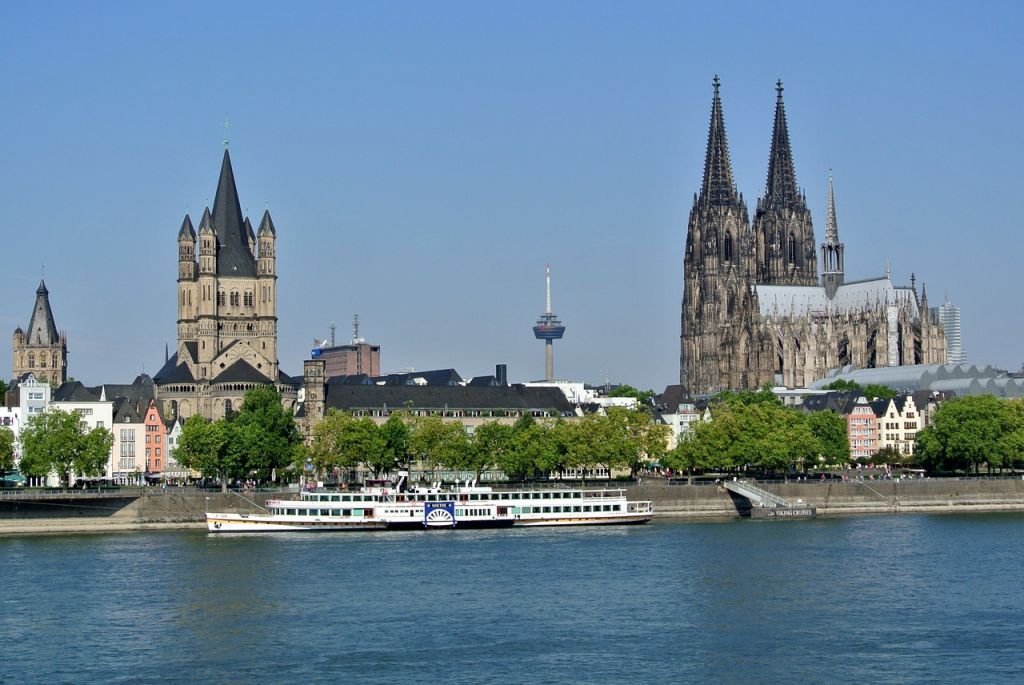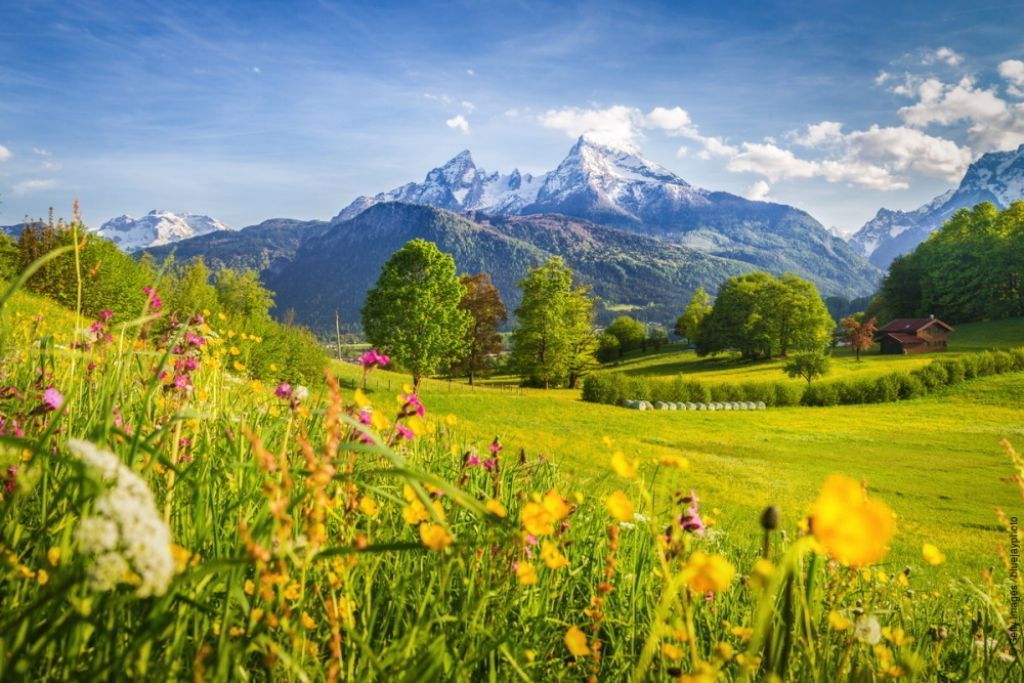The latest additions to the UNESCO World Heritage list strengthen Germany’s position as the leading cultural travel destination in Europe.
The Mathildenhöhe artists’ colony in Darmstadt is now a UNESCO World Heritage Site; the health resorts of Baden-Baden, Bad Ems and Bad Kissingen, along with eight other locations, have also been awarded the World Heritage title as “Major Spa Cities in Europe.” In addition, the so-called ShUM sites in Mainz, Worms and Speyer were recognized as the cradle of the European Jewish community.
The list also includes the Lower German Limes and the Western Segment of the Danube Limes as part of the world heritage serial sites ‘Frontiers of the Roman Empire’.
Petra Hedorfer, CEO of the Board of Directors of the German National Tourist Board (GNTB) said, “With this year’s new additions, 51 natural and cultural heritage sites in Germany now bear the “UNESCO World Heritage” seal of quality. Together with our partners, the UNESCO Commission Germany and the Association UNESCO World Heritage Sites Germany e.V., we use the international attention for these important testimonies of human and natural history to continuously strengthen brand awareness for Germany as a travel destination. UNESCO World Heritage sites are an important facet in the brand essence of Germany as a travel destination.”
Italy with a total of 58 sites ranks top of the world charts, followed by China with 56 sites, and Germany with 51 sites.
Artists’ Colony Mathildenhöhe Darmstadt
The Mathildenhöhe artists’ colony, founded in 1899 by the Grand Duke Ernst Ludwig, was one of the most important centers of modern art and architecture in Europe and the world from the turn of the century until the beginning of the First World War. Young architects and artists were able to cultivate their ideas in this field of experimentation and build a bridge from Art Nouveau to New Objectivity, which ultimately became a major source of inspiration for the Bauhaus movement.
The Wedding Tower designed by the architect Joseph Maria Olbrich, today a landmark of the city of Darmstadt and an excellent vantage point over the entire Rhine-Main plain, is part of the collection. In the central studio building, works by the former 23 members of the artist colony are presented in a permanent exhibit. Eye-catchers in the extensive park with grove and numerous sculptures are also the Russian chapel and the lily pool. In thesurrounding residential area, the artists’ villas give an impression of the spirit of optimism at the beginning of the 20th century.
Important Spa towns in Europe
Health resorts around mineral springs have far more than a medical significance in Europe: The spa culture experienced its pinnacle between 1700 and the 1930s. During that time, urban ensembles were created that provided the architectural framework for recreation, culture and social life. Eleven European locations in seven countries make up the transnational project ‘Important spa towns in Europe’, which has now been recognized as a UNESCO World Heritage Site. In Germany, the health resorts of Baden-Baden, Bad Ems and Bad Kissingen have been added to the list.
The current GNTB campaign German.Spa.Tradition. focuses on the more than 350 rated spa and medicinal baths in Germany, their cultural tradition and the health-promoting applications and wellbeing offers. In 2019 pre-Covid-19, Germany recorded 8.4 million international overnight stays in health resorts which comprised nine percent of the total incoming volume. As a result of the pandemic, interest in wellbeing and health vacations has increased significantly.
ShUM sites in Mainz, Speyer and Worms The ShUM cities of Mainz, Worms and Speyer (the name is derived from the Hebrew first letters of the cities) are considered to be the cradle of the European Jewish community.
The ShUM sites that now have the World Cultural Heritage title include the Speyer Jewish Court, the Worms synagogue district and the old Jewish cemeteries in Worms and Mainz. The history of these places reflects Jewish life over the centuries, from peaceful coexistence with the Christian communities to
finally to the present day cultivation of faith and tradition in the Jewish communities.
Mainz, Speyer and Worms, with their central location between the Rhine-Main area and the Rhine-Neckar region and a diverse range of cultural tourism offers, are now among the most popular cultural travel destinations along the Rhine.
Lower Germanic Limes
The Lower Germanic Limes is now also a World Heritage Site as part of the series ‘Frontiers of the Roman Empire’. The 249-miles section of the ancient border fortifications runs along the Rhine from Rheinbrohl in Rhineland-Palatinate through North Rhine-Westphalia to Katwijk on the Dutch North Sea coast. The river formed the natural border between the Roman province and free Germania. Roman life took place in 44 towns, forts, legion camps and temples, they were also the foundation of today’s large cities such as Bonn and Cologne.
While a large part of the remains from antiquity is now well protected underground as a ground monument, excavations in museums and exhibitions have been documented in numerous places.
Danube-Limes (Western Segment)
The approximately 373 miles long section of the Limes followed the course of the Danube from today’s Bad Gögging in Bavaria through Austria to Slovakia. Contrary to popular belief, the Limes was not an insurmountable wall, but a network of military fortifications and civil buildings that enabled controlled border traffic. The Limes thus contributed to the development of the cultural landscape. Parts of the earlier facilities are still visible today and are carefully developed for tourism, for example the archaeological site ‘document niedermünster’ or the ‘Porta Praetoria’ in Regensburg.
Worldwide, the UNESCO list includes more than 1,000 World Heritage Sites in 167 countries. With its 51 UNESCO World Heritage Sites, Germany is one of the countries with the highest density of natural and cultural treasures. Travelers can easily explore the diverse world heritage along eight routes. Each of the routes begins and ends near an international airport, which makes getting to and from the airport much easier. Due to their uniqueness, authenticity and intactness, all sites are significant for humanity and are under special protection.












